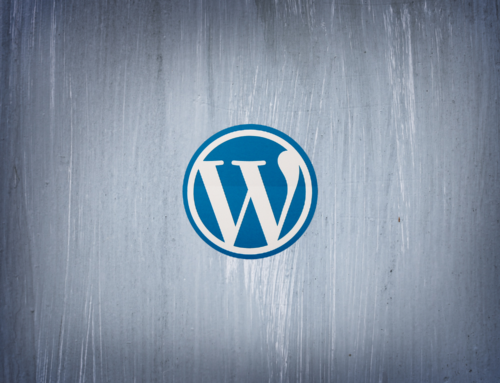Your content CMS needs much more than flexibility and adaptability and speed.
Headless CMS perform best in following scenarios, I know you have already heard what headless CMS is and which services are available. Headless CMS is a content distribution and content management software available. But here we will see it’s practical best case scenarios –
- When we have magnitude of unstructured information / content
- When one-source of i / content is meant for being served in multiple front-ends, like website, mobile app and maybe you want to share it with a third-party service for their front-end
- Headless CMS are fast and adaptable to changing content formats and content updates
- Change in one location, Reflect everywhere – your content has a single source in headless CMS
- Headless CMS is easy to integrate with third-party services especially to serve content to a third party software.
Now lets review what are the pitfalls of using Headless CMS
- Headless CMS is not a replacement to traditional relational CMS such as WordPress
- Launching a structured content for example a blog is very tedious and time and resource consuming if you try to do it in headless CMS
- Both relational traditional CMS and headless CMS have their own plus, and neither can replace each other
- Few observations about WordPress CMS
- WordPress can still handle high-traffic website
- WordPress still updates its core software vulnerabilities and improve security
- WordPress also easily integrates with variety of third party tools and services such as email marketing platforms, CRM, payment processors and social media.
Source Wikipedia
A headless content management system, or headless CMS, is a back end-only web content management system that acts primarily as a content repository. A headless CMS makes content accessible via an API for display on any device, without a built-in front end or presentation layer. [1]
Whereas a traditional CMS typically combines a website’s content and presentation layers, a headless CMS comprises the content component and focuses on the administrative interface for content creators, the facilitation of content workflows and collaboration, and the organization of content into taxonomies.[2]
Final Observation
Headless CMS is fast, adaptable and flexible, but its not a replacement to traditional relational structured CMS such as WordPress.
Kindly consider the above observations at the time of deciding to transition to a headless CMS, make sure to try not to replace your existing CMS such as WordPress and plan to use Headless CMS as an extension of your existing CMS and boost your content distribution.
by ajithimself@yahoo.com
Share
Get In Touch for Free Consultation!
Send Whatsapp Message to
+91 8793326974
Vishal Nagar, Pimple Nilakh
411027
Pune.
Near Wakad.

